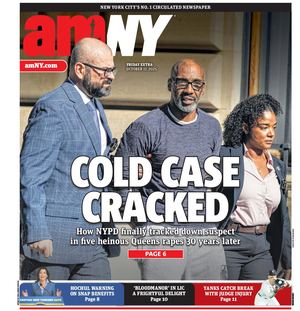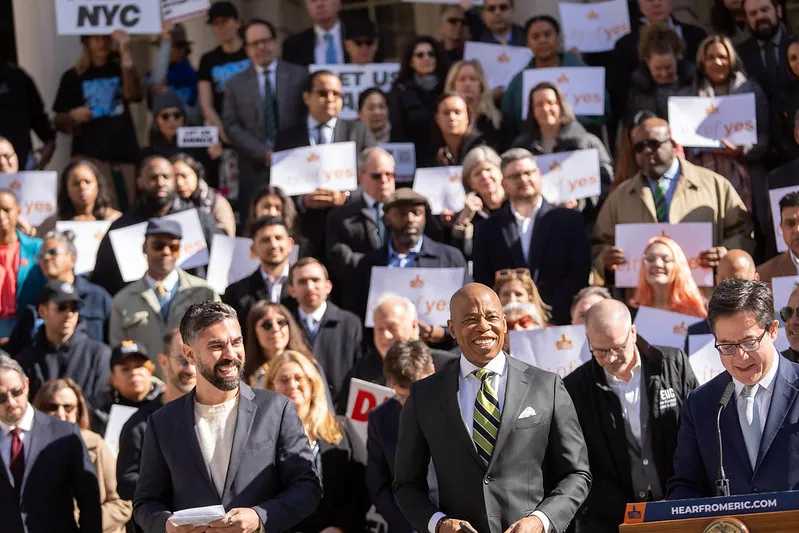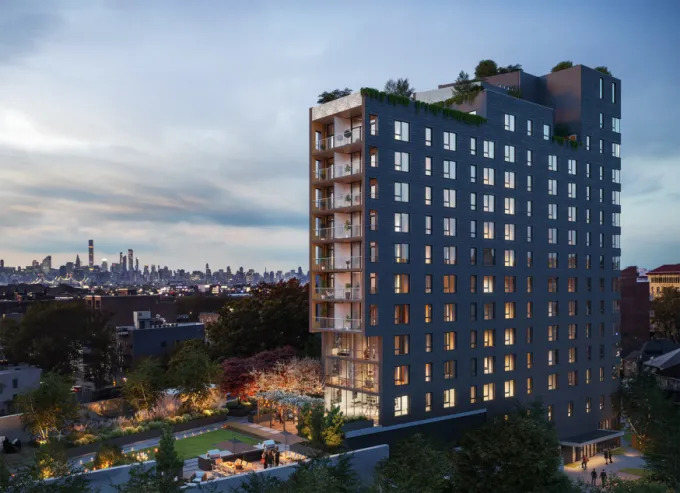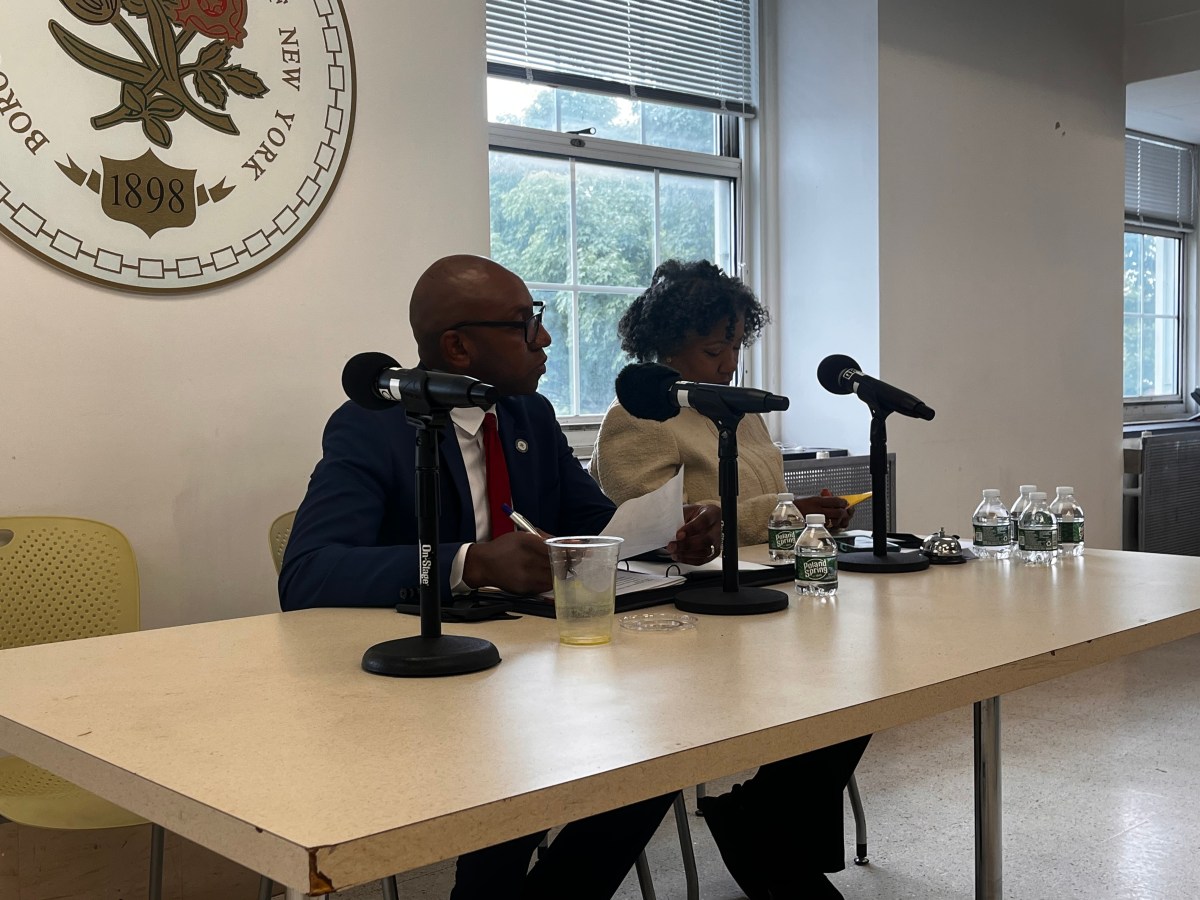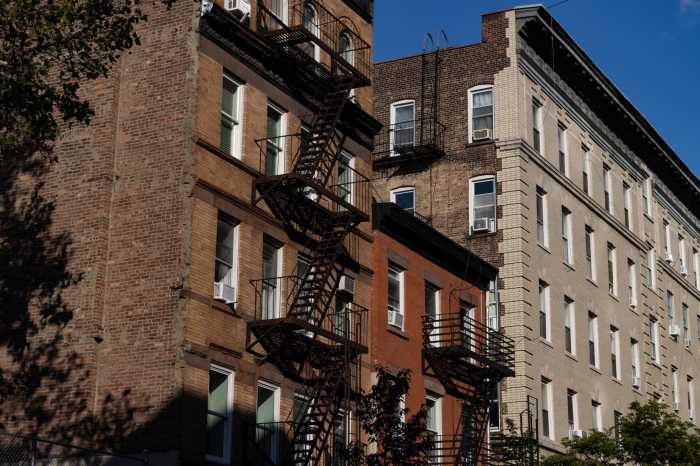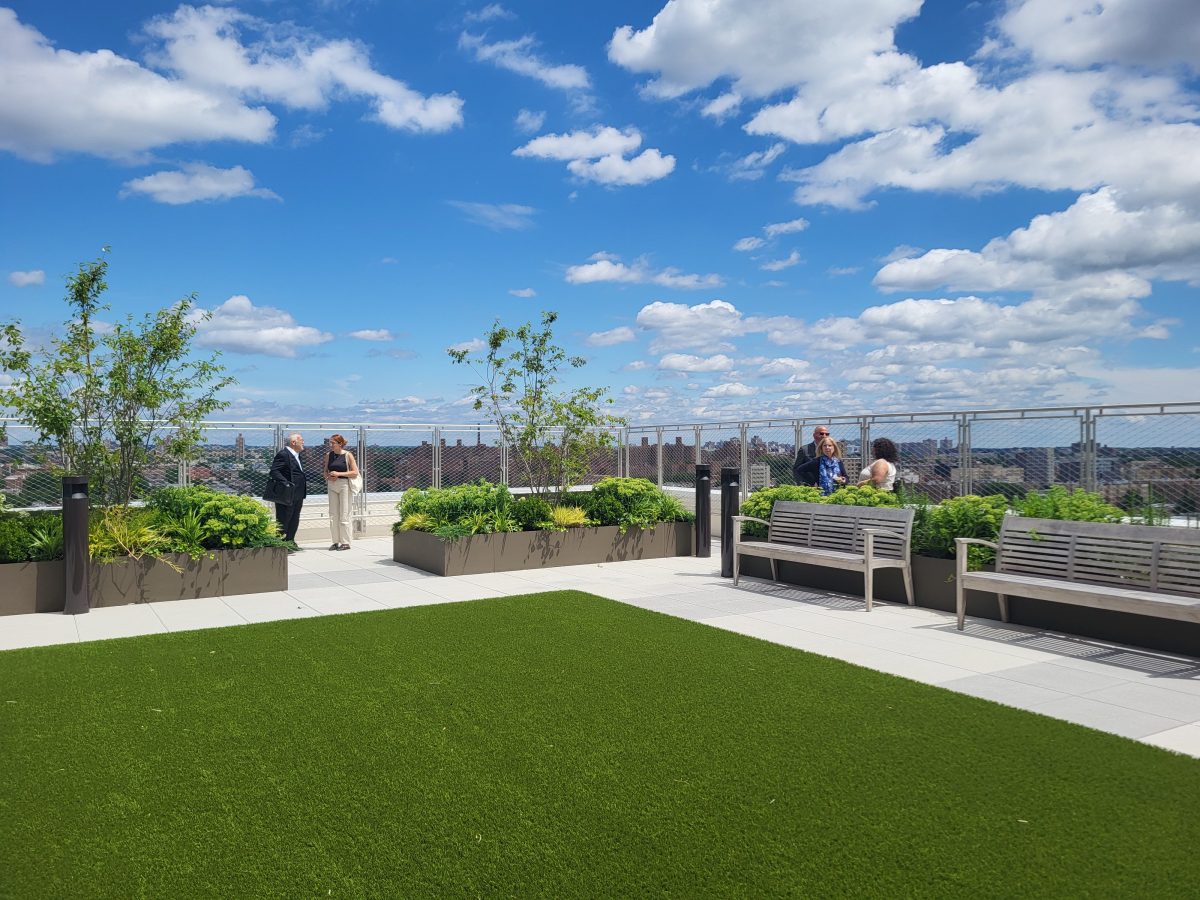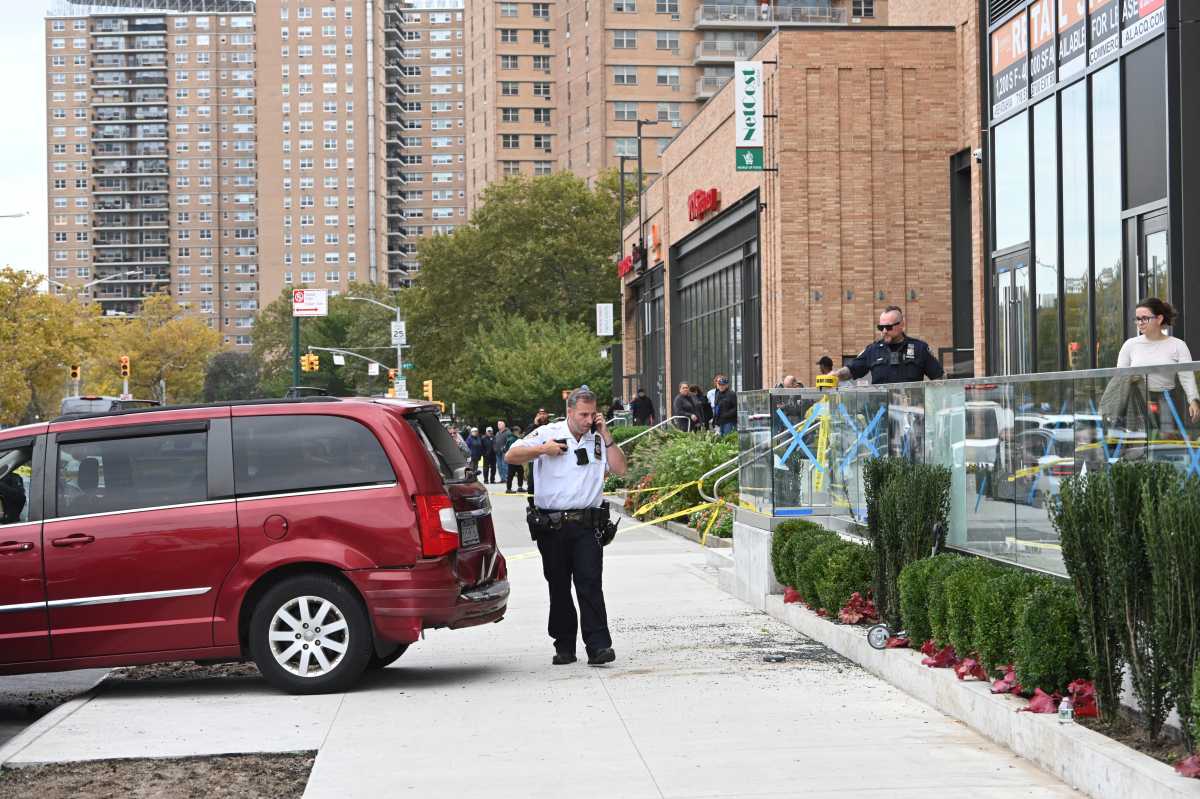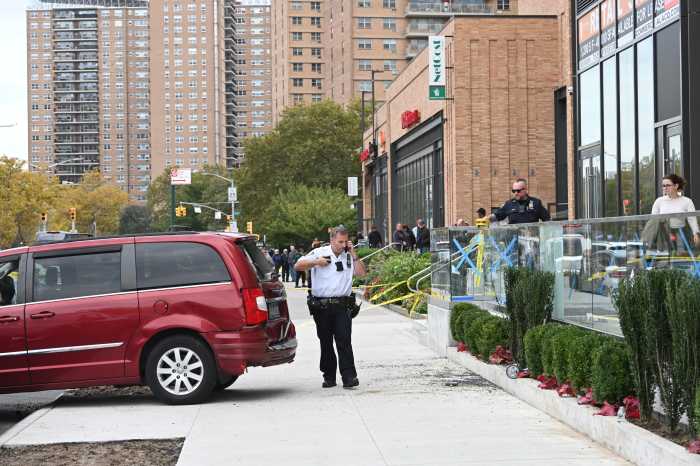A sweeping zoning text amendment designed to make it easier for businesses to operate and expand in the Big Apple passed the City Council on Thursday — clearing its final hurdle before going to Mayor Eric Adams for his signature.
The zoning plan, known as the “City of Yes: Zoning for Economic Opportunity” (ZEO), is a suite of 18 separate proposals that will loosen zoning rules around where and how businesses can operate that have been in place since the early 1960s. The two bills making up the plan passed the council by a 34 to 16 and 35 to 15 votes, after the body made several amendments to them.
Mayor Adams, who must still sign the plan into law, said in a statement that the vote has taken the city one step closer to bringing its zoning rules “into the 21st century.”
“Our proposal will replace outdated restrictions on businesses with new rules that support sustainable job growth, help businesses open and expand, and fill vacant storefronts,” the mayor said. “After decades of inaction, it will move our city’s zoning code into the future, laying the foundation for long-term growth across all five boroughs. Quite simply, it will take us from a rotary phone mentality and bring us into the smart phone world.”
The plan contains proposals like allowing what are known as “clean manufacturing” businesses — which include small producers like microbreweries and apparel makers — to operate in commercial districts; expanding the number of businesses that can open on upper floors of buildings; and permitting indoor agriculture in commercial areas. Additionally, the plan would allow life sciences labs to expand near hospitals and end rules that prevent activities like dancing and comedy in certain commercial areas.
The version of the plan passed by the council includes changes to 14 of the 18 proposals and additional commitments from the administration to regulate so-called “last-mile” warehouses.
Before the vote, City Council Speaker Adrienne Adams said the proposals were changed to “address concerns raised about them during the public review process by including limitations and safeguards that help strike the right balance between expanding opportunities for local businesses, creating jobs, and protecting neighborhoods and quality of life for all New Yorkers.”
Changes to the actual zoning proposals include nixing one that would have allowed for new corner stores to open in residential communities, putting restrictions on the businesses that can open in commercial corridors and placing more guardrails around how new businesses such as indoor agriculture, life sciences labs and light manufacturing can open in more parts of the city.
Council Member Alexa Aviles (D-Brooklyn) worked to secure the administration’s commitment to pursue a separate zoning amendment that would require companies like Amazon to seek a “special permit” to open last-mile delivery warehouses. She argues the permit is necessary because e-commerce companies have disproportionately concentrated their facilities in lower-income communities of color—like Red Hook, which she represents.
“For many years, we’ve struggled to get this administration to hear the cries of my community as we choke on more and more last-mile facilities,” Aviles said. “We are pleased to have a written commitment from the administration … to implement a special permit for these facilities that have a particular impact on Black and brown working-class neighborhoods like the ones I represent. This is a long overdue victory for our communities.”
The administration also pledged to “develop tools” that would stem traffic and pollution caused the facilities, Aviles said.
However, a relatively sizable number of council members voted against the zoning changes, citing community opposition.
One of those members was Chris Banks (D), who said that while the city’s zoning laws must be updated, the current plan is not in the “best interest” of his southern Brooklyn district.
“Feedback … has suggested that this process has been rushed, that the information is convoluted and often presented using language and terms not always easily digested by laypersons,” Banks said. “Today, based on the feedback I’ve received from many of my district stakeholders, I remain concerned that this plan, while being improved with each layer of new input, is not ready for passage.”
